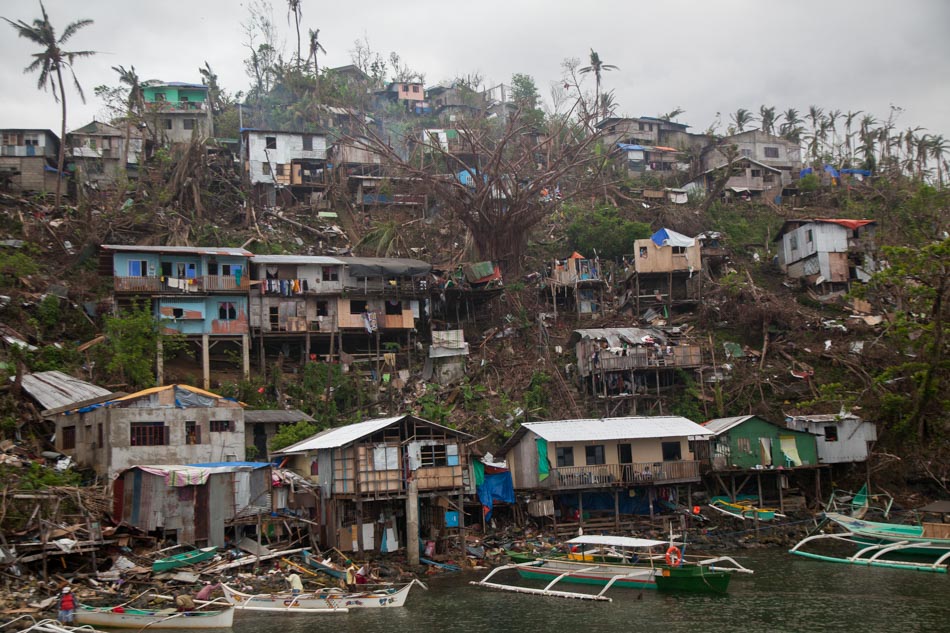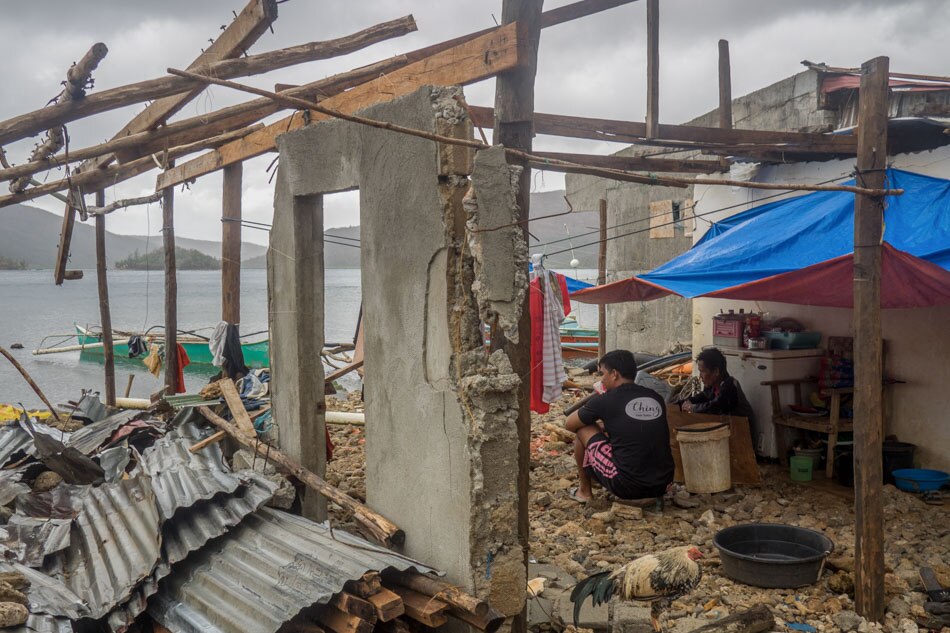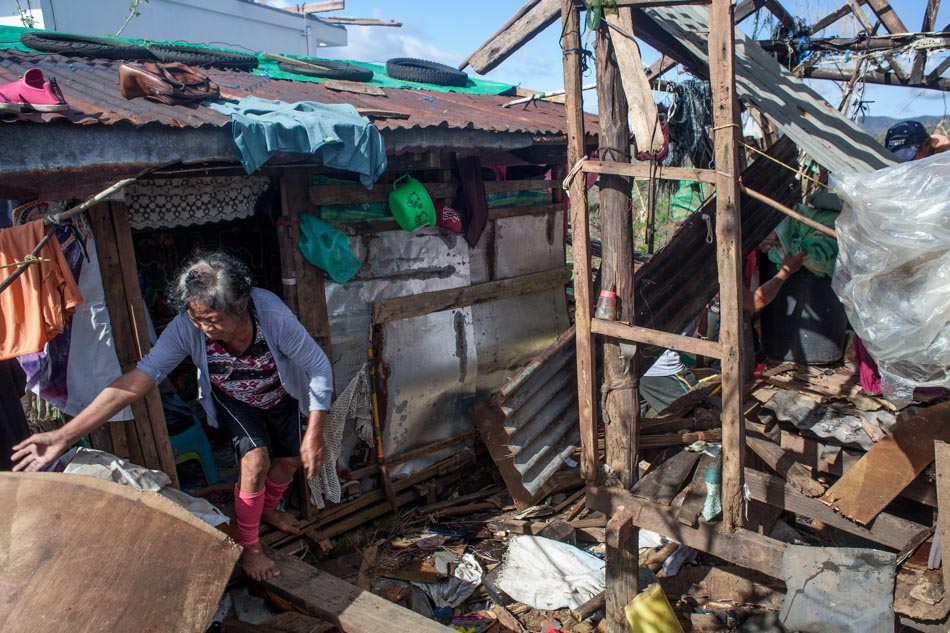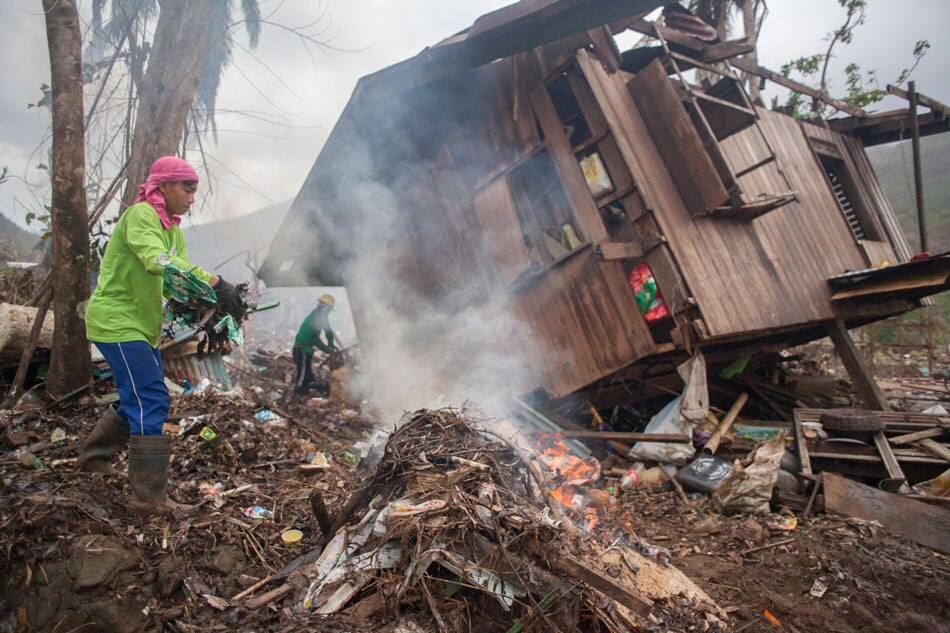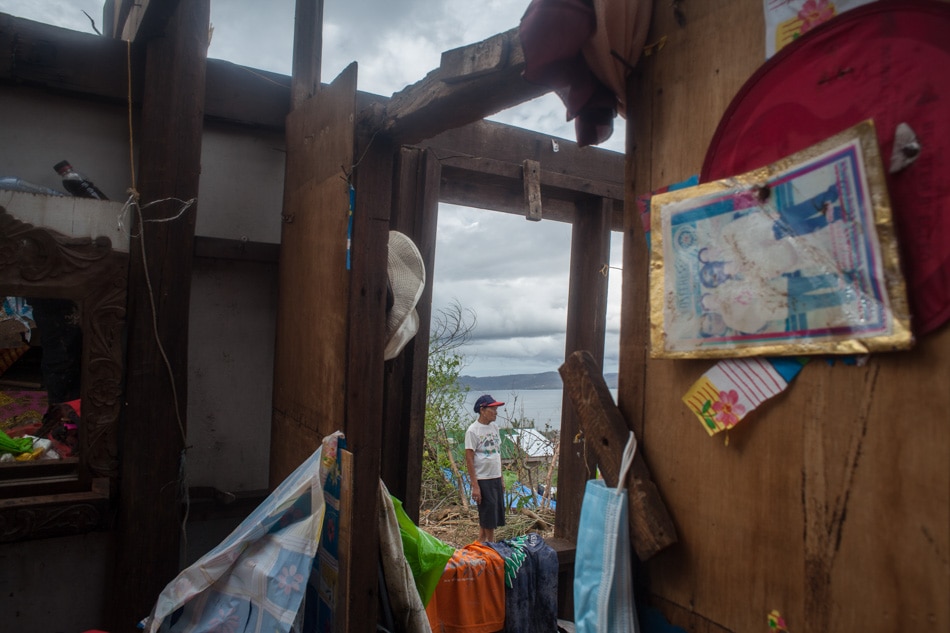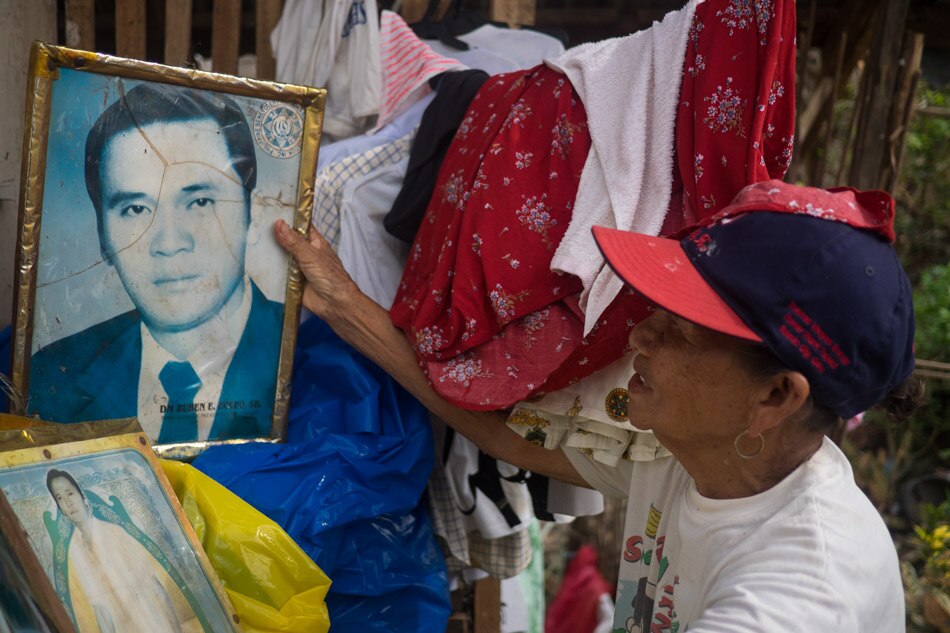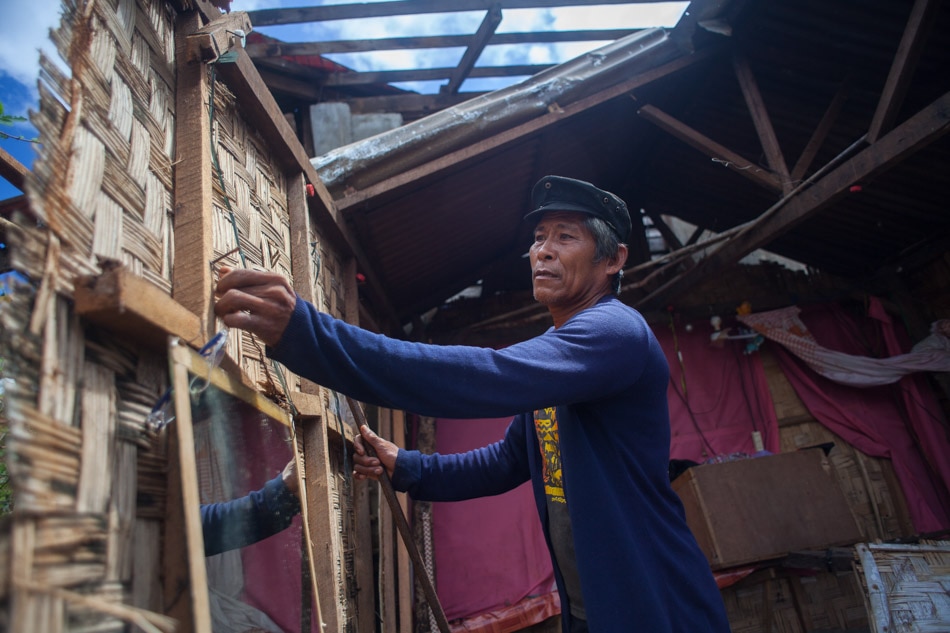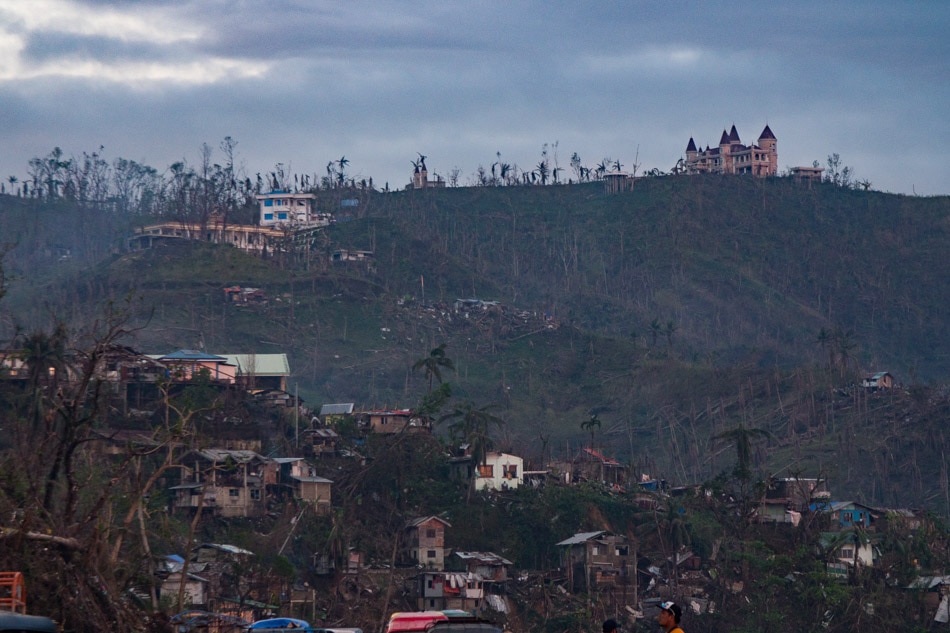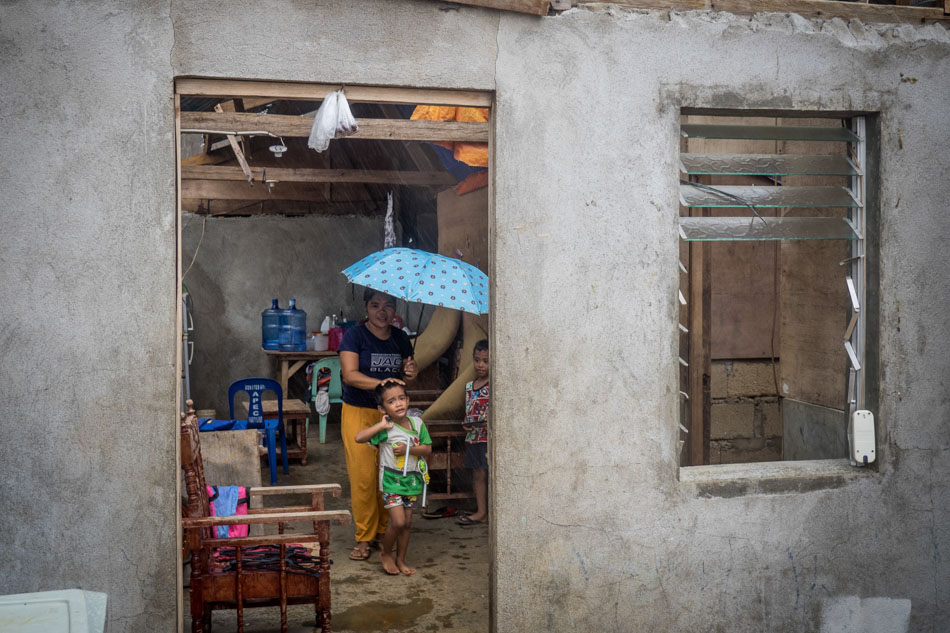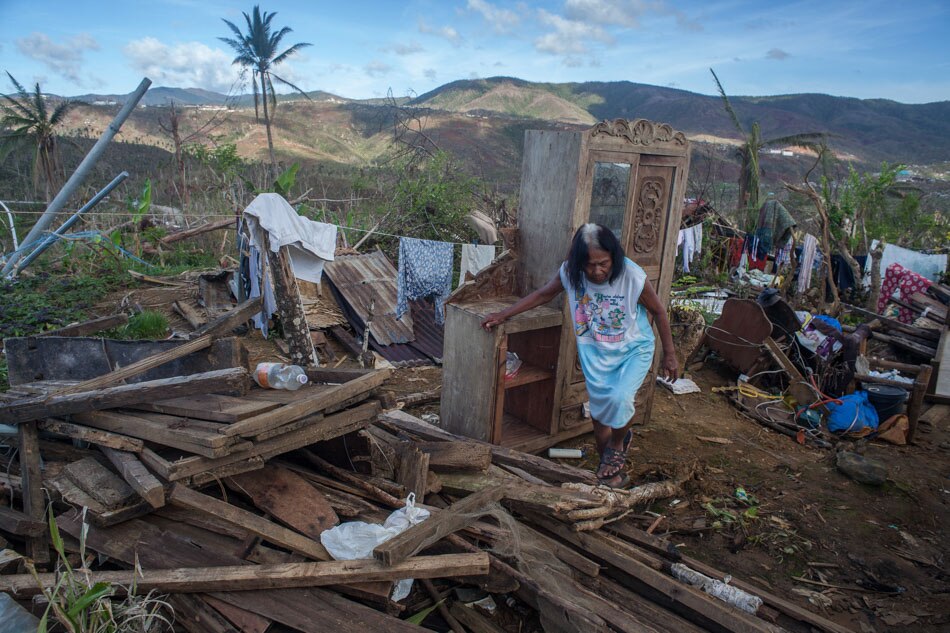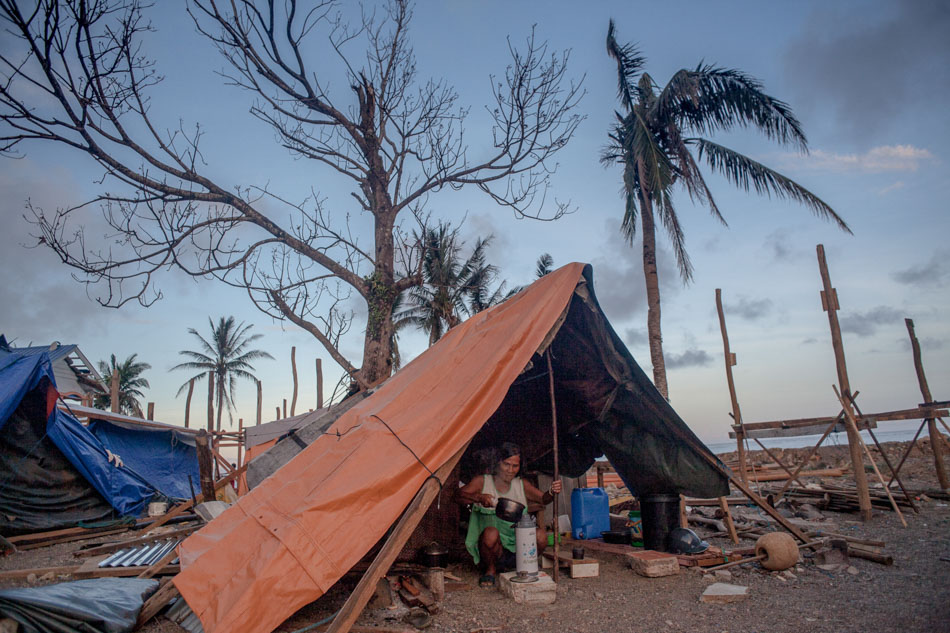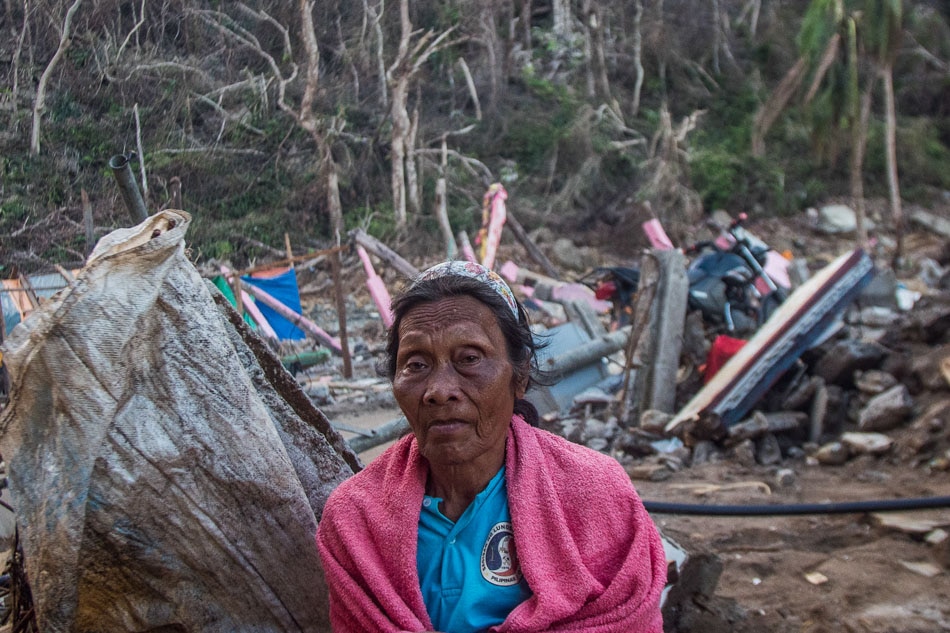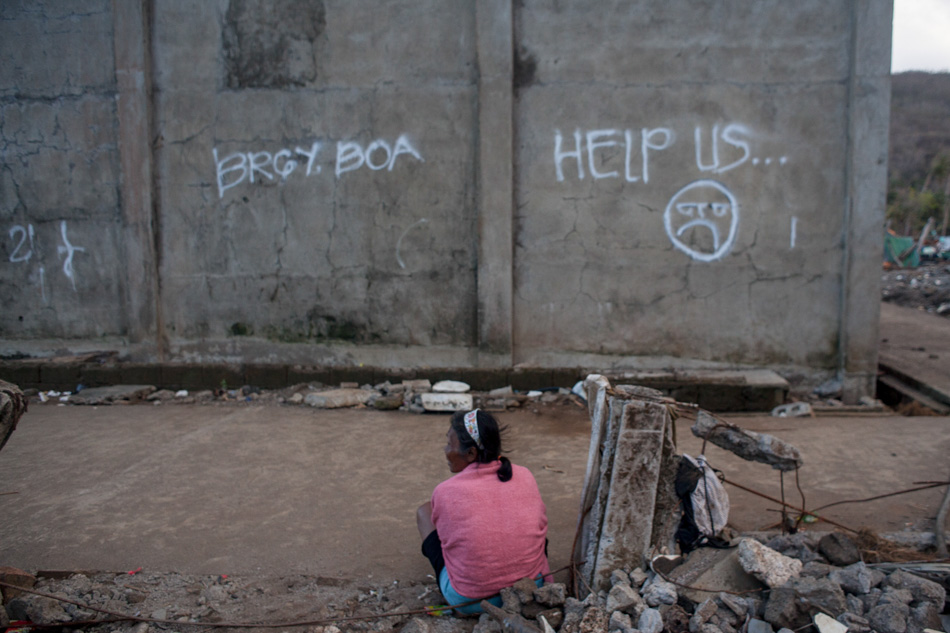Thirty days after Odette, Dinagat residents still need help | ABS-CBN
ADVERTISEMENT

Welcome, Kapamilya! We use cookies to improve your browsing experience. Continuing to use this site means you agree to our use of cookies. Tell me more!
Thirty days after Odette, Dinagat residents still need help
Thirty days after Odette, Dinagat residents still need help
Leonard Reyes,
ABS-CBN News
Published Jan 16, 2022 07:26 PM PHT
Dinagat Islands, 30 days after Odette, is still in disarray, as if the typhoon struck only a few days ago. Debris still litter the streets, with local governments struggling to source chainsaws and other equipment for clearing. Even in the busy port town of San Jose, the battered landscape remains a jarring testament to typhoon Odette's wrath.
Dinagat Islands, 30 days after Odette, is still in disarray, as if the typhoon struck only a few days ago. Debris still litter the streets, with local governments struggling to source chainsaws and other equipment for clearing. Even in the busy port town of San Jose, the battered landscape remains a jarring testament to typhoon Odette's wrath.
In remote coastal villages, especially the ones on the East facing the open waters of the Pacific, the storm surge “as high as the coconut trees” washed away whole sitios, with their inhabitants barely making it to the safety of higher ground. Some unfortunate souls did not make it, swallowed by the raging waters loaded with lethal debris. Families could only watch in horror as the raging waters swallowed their village in seething white foam.
In remote coastal villages, especially the ones on the East facing the open waters of the Pacific, the storm surge “as high as the coconut trees” washed away whole sitios, with their inhabitants barely making it to the safety of higher ground. Some unfortunate souls did not make it, swallowed by the raging waters loaded with lethal debris. Families could only watch in horror as the raging waters swallowed their village in seething white foam.
CARAGA reported 71 casualties, 508 injured and 5 still missing based on the numbers released by the National Disaster Risk Reduction Council on January 16.
CARAGA reported 71 casualties, 508 injured and 5 still missing based on the numbers released by the National Disaster Risk Reduction Council on January 16.
In the village of Boa, one of the hardest-hit barangays in Dinagat, many still walk around dazed, staring in the distance.
In the village of Boa, one of the hardest-hit barangays in Dinagat, many still walk around dazed, staring in the distance.
ADVERTISEMENT
Residents do not know where to source their next meal when the relief goods run out. The situation makes it difficult for them to work to provide food on the table if they wanted to. All their boats have been swept away, and engines, which were removed in anticipation of the storm, are now rusting.
Residents do not know where to source their next meal when the relief goods run out. The situation makes it difficult for them to work to provide food on the table if they wanted to. All their boats have been swept away, and engines, which were removed in anticipation of the storm, are now rusting.
Most currently stay in makeshift shelters with tarps and bamboo poles, cooking their meals, boiling water for instant noodles in whatever containers and utensils they have been able to salvage from the mud and surrounding hills.
Most currently stay in makeshift shelters with tarps and bamboo poles, cooking their meals, boiling water for instant noodles in whatever containers and utensils they have been able to salvage from the mud and surrounding hills.
The seeming lack of assistance from government agencies raises concern from those severely affected particularly in far-flung communities. The people are hungry, desperate, and traumatized and they wonder if help is coming.
The seeming lack of assistance from government agencies raises concern from those severely affected particularly in far-flung communities. The people are hungry, desperate, and traumatized and they wonder if help is coming.
International NGOs trickle in with their relief goods but seem to be focusing their resources mostly on neighboring Siargao Island. The rest of the country does not seem to realize yet how badly the Dinagat Islands have been hit by typhoon Odette.
International NGOs trickle in with their relief goods but seem to be focusing their resources mostly on neighboring Siargao Island. The rest of the country does not seem to realize yet how badly the Dinagat Islands have been hit by typhoon Odette.
Thirty days after, the Dinagatnons, left to fend for themselves, only have their inherent resilience and culture of “pahina” or “bayanihan” (cooperative undertaking) to rely on.
Thirty days after, the Dinagatnons, left to fend for themselves, only have their inherent resilience and culture of “pahina” or “bayanihan” (cooperative undertaking) to rely on.
Read More:
Typhoon Odette
Dinagat Islands
Dinagatnons
Baranga Boa
Barangay Mabini
Cagdianao
San Jose
Barangay R Ecleo
Basilisa
ADVERTISEMENT
ADVERTISEMENT



